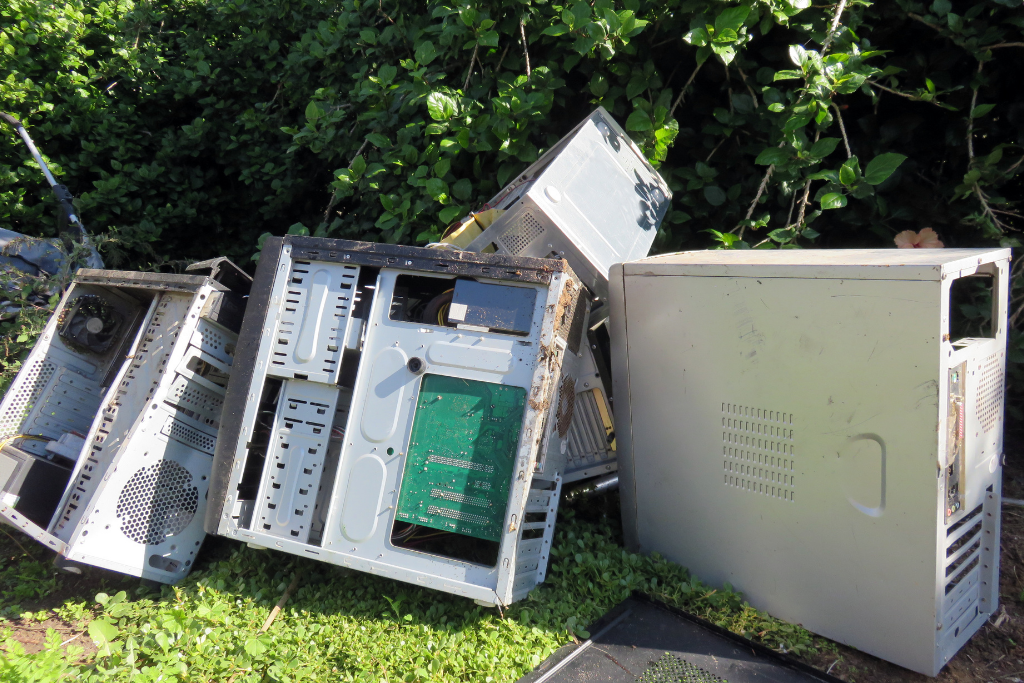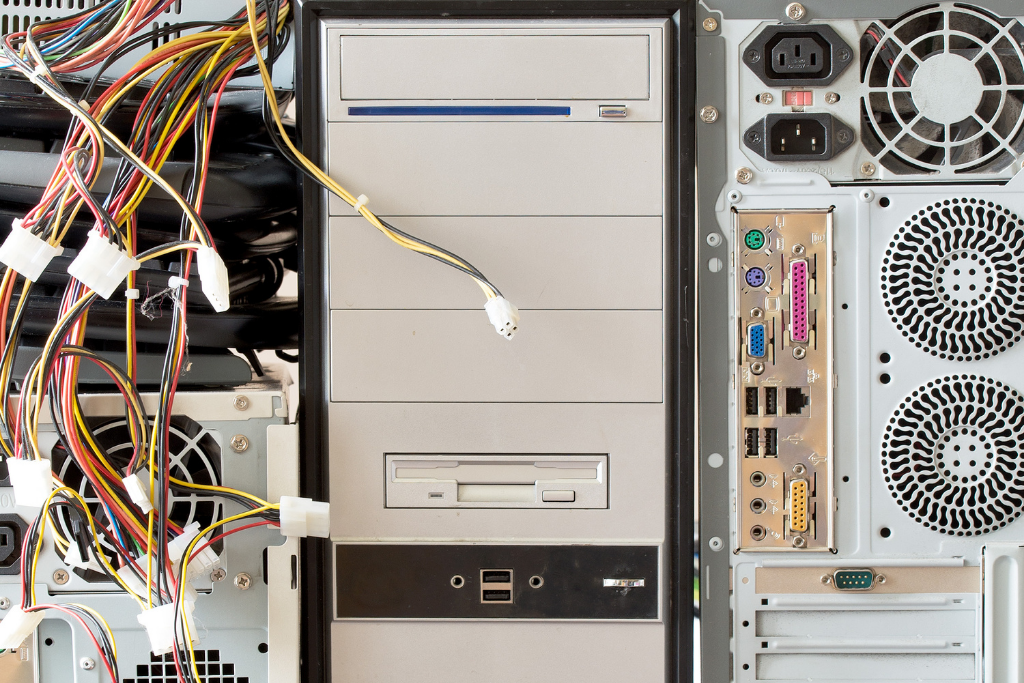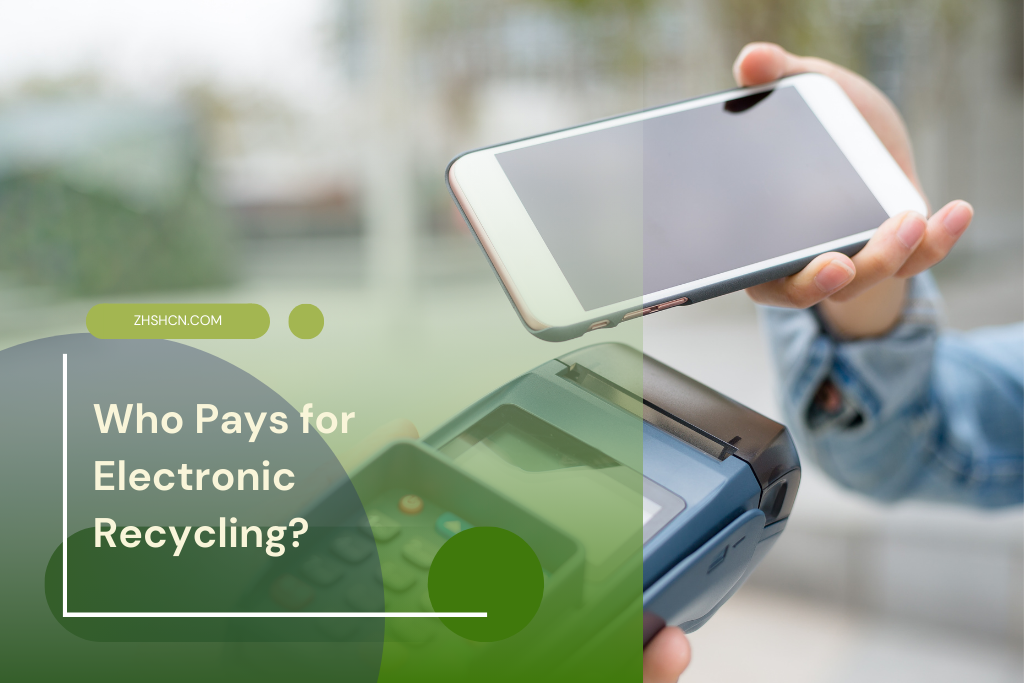Understanding the Concept of Electronic Recycling
The rapid technological evolution of the 21st century has brought about an influx of electronic gadgets in the hands of consumers. These range from personal computers to mobile devices, household appliances and workplace equipment. As newer models are continuously introduced, outdated or damaged electronics are often discarded, leading to a burgeoning dilemma of electronic waste or e-waste. This scenario presents the importance of electronic recycling, a process that involves the dismantling, refurbishing, or outright disposal of this e-waste in an environmentally friendly manner.
Electronic recycling, or e-waste recycling, encompasses a series of methods designed to recover valuable materials from old electronics and safely dispose of toxic elements. This practice helps conserve natural resources, reduces demand for mining activities, and minimizes adverse impacts on public health and the environment. Proper e-recycling ensures that harmful substances contained in electronic devices such as lead, mercury, and cadmium, do not end up in landfills, from where they can leach into soil, groundwater, or the atmosphere, causing extensive environmental damage. The extraction of reusable materials like gold, silver, copper, and rare metals is equally significant, which contribute to the industry’s economic viability.
The Role of Consumers in Electronic Waste Management
In the ever-evolving digital era, the responsibility for tackling electronic waste often falls on consumers’ shoulders. Disposing electronic waste, also known as e-waste, involves more than merely discarding unwanted electronics into the trash bin. The essential step to maintaining an eco-friendly home is for consumers to participate in e-waste management actively. This participation entails deliberately choosing to recycle their discarded electronics. Poor managed landfills overflowing with hazardous substances can be prevented by ensuring their electronic trash is disposed of at designated recycling points.
Being an active participant in e-waste management, however, is not solely about the disposal of electronic devices. Consumers can contribute to better e-waste management by making conscious purchasing choices. In the age of disposable electronics, where newer gadgets quickly replace older ones, consumer preferences can greatly influence manufacturers’ production decisions. Consumers projecting demand for electronics manufactured following sustainable practices can prompt manufacturers to improve their production methods. Thus, the choices consumers make, both at the end and beginning of an electronic device’s life cycle, significantly impact the overall e-waste management process.

Responsibilities of Electronic Manufacturers in E-Waste Disposal
Electronic manufacturers carry a significant share of responsibility in managing e-waste disposal. Their role extends beyond the production process, embedding deeply into the product lifecycle, particularly during the end-of-life phase of electronic goods. The concept, commonly referred to as Extended Producer Responsibility (EPR), propels manufacturers to actively partake in the disposal, recycling, and treatment of their products once they are no longer viable for usage. EPR sets the principle of making manufacturers financially or physically responsible for the treatment of discarded appliances, thereby encouraging environmentally friendly design alterations.
In furtherance of their responsibilities, electronics manufacturers are compelled to develop and fund mechanisms to collect, recycle, and safely dispose of e-waste. Multiple strategies are implemented in this regard, such as buyback or return programs, where consumers can return their old or broken electronic items to the manufacturer. Additionally, manufacturers are increasingly investing in research and technological innovation to design electronics that are easier to recycle, consume less energy, and contain fewer toxic materials. These steps not only reduce environmental pollution but also ensure sustainable operations, contributing to circular economy models of production.
Government Policies and Regulations on Electronic Recycling
Policy Frameworks Establishing E-Recycling Guidelines
A multitude of countries worldwide recognize the importance of efficient electronic recycling practices. To this end, they have enacted regulatory measures to curb electronic waste (e-waste) pollution. These legislations typically stipulate the requirements for e-waste management, emphasizing the critical role of both the public and private sectors in achieving sustainable e-waste disposal. Measures such as the EU’s Waste Electrical and Electronic Equipment (WEEE) directive exemplify governmental policies aimed at this ecological challenge. WEEE directs electronic manufacturers to assume responsibility for the environmental impact of their products, from production to post-consumer life.
The Mandate for Disposal and Recycling
Several regulations have been implemented to bolster these efforts to focus on end-of-life product management. These rules necessitate electronic goods manufacturers to organize and finance the collection and recycling of their end-of-life products. The regulations also advocate for ‘Extended Producer Responsibility (EPR), an environmental protection strategy that holds a producer responsible for the entire lifecycle of a product, including disposal and recycling. EPR policies are implemented not only to alleviate landfills of the increasing burden of e-waste but also to promote eco-design: a design process that takes into account the environmental impact of a product through its entire lifecycle.
The Involvement of Non-Governmental Organizations in E-Waste Recycling
Under the broad umbrella of e-waste recycling, the role of Non-Governmental Organizations (NGOs) cannot be understated. These bodies work tirelessly, often nestled between governmental structures, private sector stakeholders, and the public, to ensure optimal disposal and management of e-waste. Their operating strategies vary from awareness campaigns, lobbying for stricter regulations, to creating effective recycling programs.
NGOs are imperative for e-waste management, as they provide essential education and awareness to the public about responsible e-waste recycling. They organize workshops, seminars, and campaigns to inform consumers about the significance of proper disposal. Additionally, these organizations put immense effort in advocating for comprehensive regulations on e-waste. They lobby governments to formulate and enforce stricter e-waste laws, thus promoting responsible action from manufacturers and consumers alike. By proposing and executing innovative recycling systems, they bridge the gap between e-waste generation and its safe and efficient disposal. Utilizing local and global networks, NGOs successfully demonstrate how electronic waste can be a resource rather than a predicament.
What is the concept of electronic recycling?
Electronic recycling, also known as e-waste recycling, involves the process of reusing and recycling electronic devices to prevent them from entering the waste stream. It encompasses the collection, separation, and disposal of electronic waste in an environmentally friendly manner.
How can consumers contribute to electronic waste management?
Consumers play a critical role in electronic waste management by properly disposing of their electronic waste. This includes returning electronic items to designated e-waste collection centers, donating devices that are still functional, and purchasing electronics from manufacturers that have robust recycling programs.
What responsibilities do electronic manufacturers carry regarding e-waste disposal?
Electronic manufacturers have the responsibility to design products that are environmentally friendly and easy to recycle. Additionally, they should provide clear instructions on how to return or recycle their products once they reach the end of their life cycle. Some manufacturers also have take-back programs where they accept old products for recycling.
Can you explain the role of government policies and regulations on electronic recycling?
Government policies and regulations play a vital role in electronic recycling. They set the standards for proper e-waste disposal and hold manufacturers accountable for the life cycle of their products. These regulations also encourage the development of e-waste recycling programs and facilities.

How are non-governmental organizations involved in e-waste recycling?
Non-governmental organizations (NGOs) are involved in various ways, such as creating awareness about the impacts of e-waste, advocating for stronger policies and regulations, and running e-waste recycling programs. Some NGOs also collaborate with manufacturers and governments to ensure responsible e-waste management.
Why is the involvement of NGOs in e-waste recycling important?
The involvement of NGOs is crucial because they often fill gaps left by government and corporate initiatives. They can reach out to communities, offer education and awareness campaigns, and provide practical solutions for e-waste management. NGOs often play a key role in pushing for policy changes and advocating for sustainable practices.
What can be done to improve the current state of e-waste recycling?
There are several ways to improve e-waste recycling, including strengthening government regulations, increasing consumer awareness about responsible e-waste disposal, and encouraging manufacturers to design products that are more recyclable. Additionally, supporting NGOs that are involved in e-waste management can also make a significant difference.
